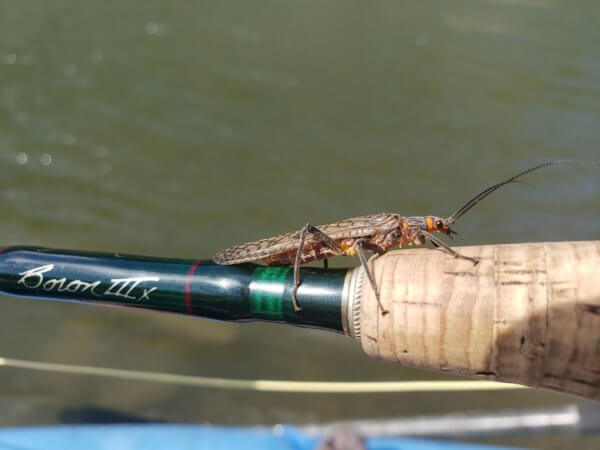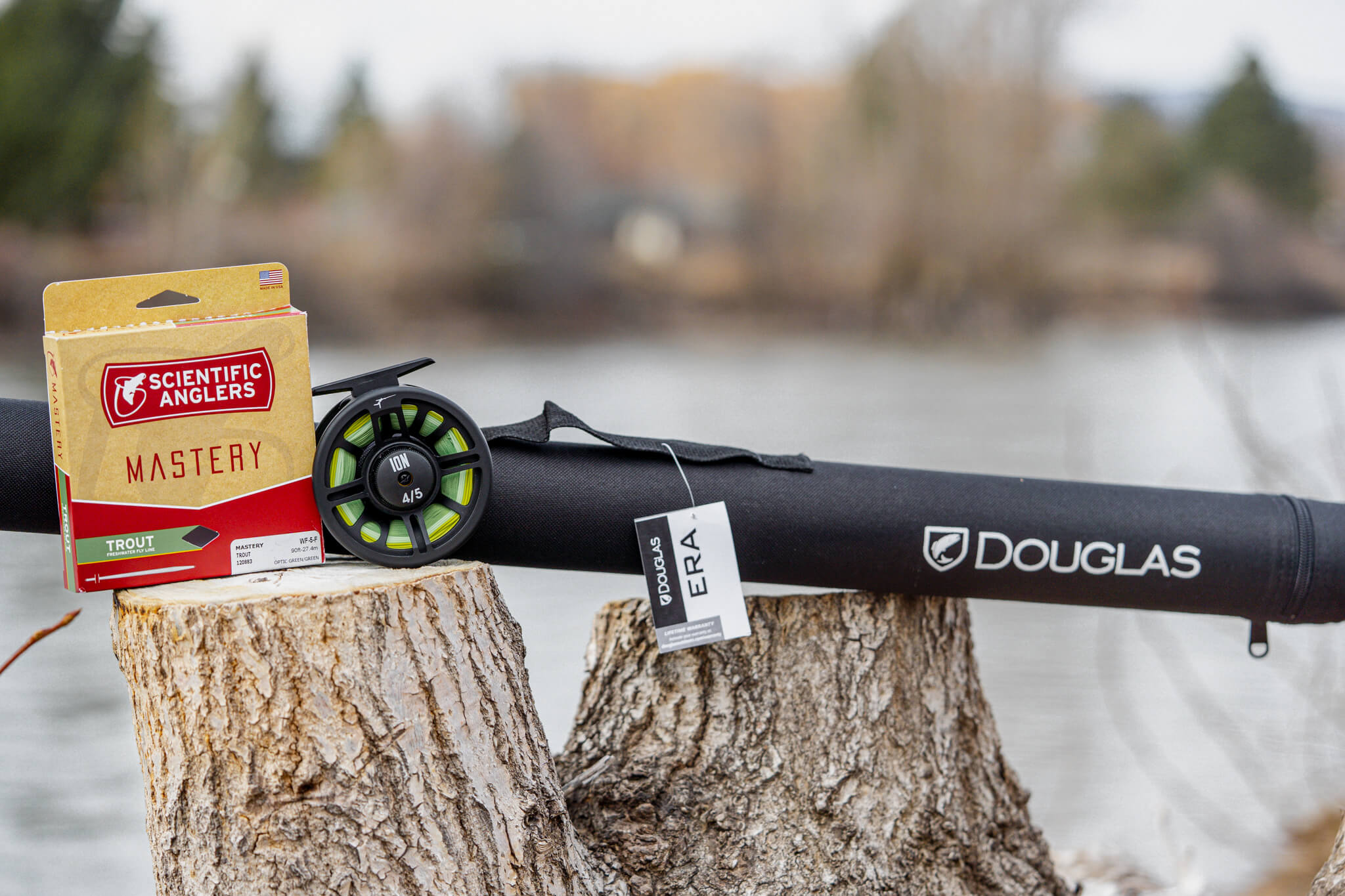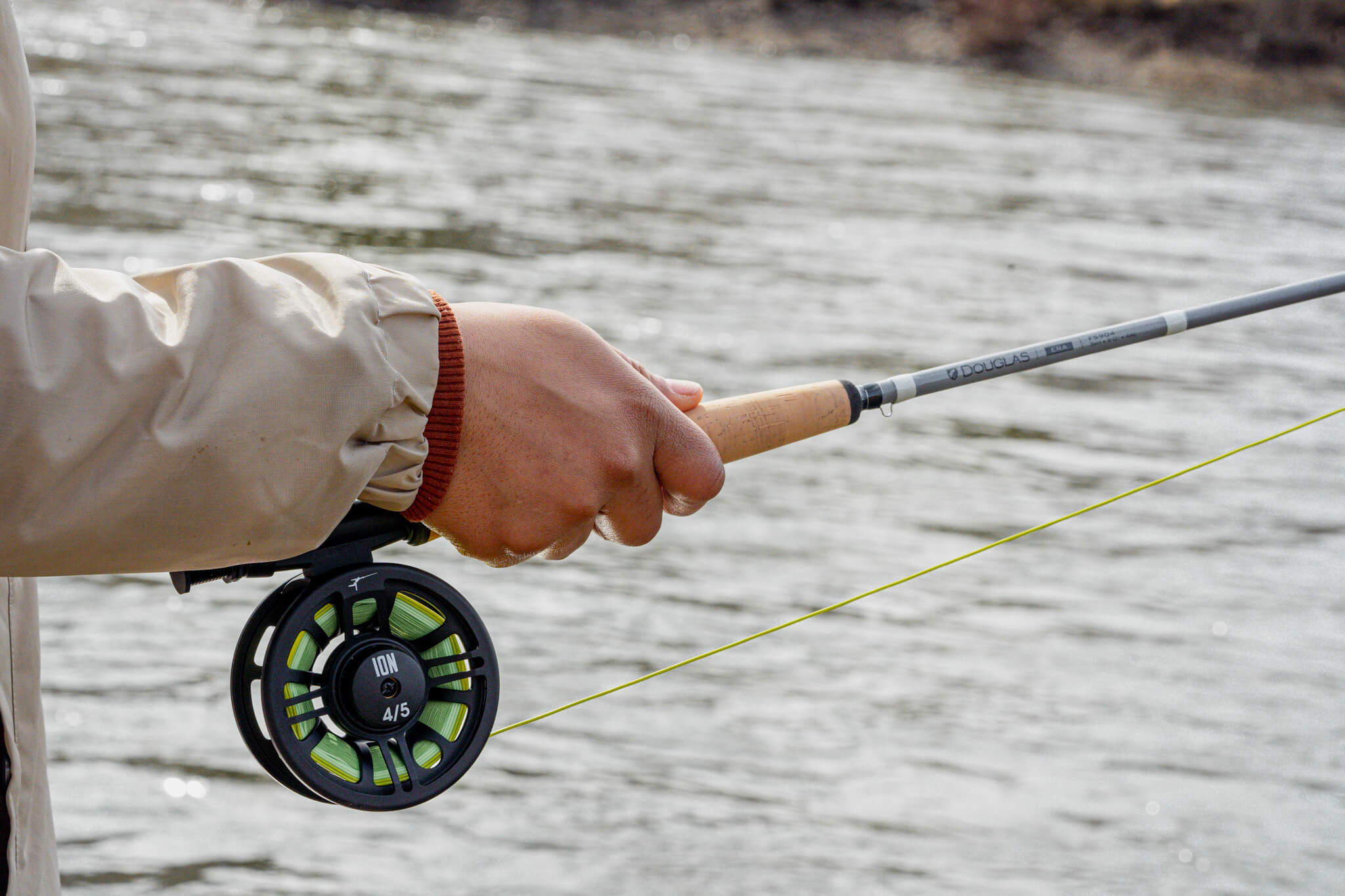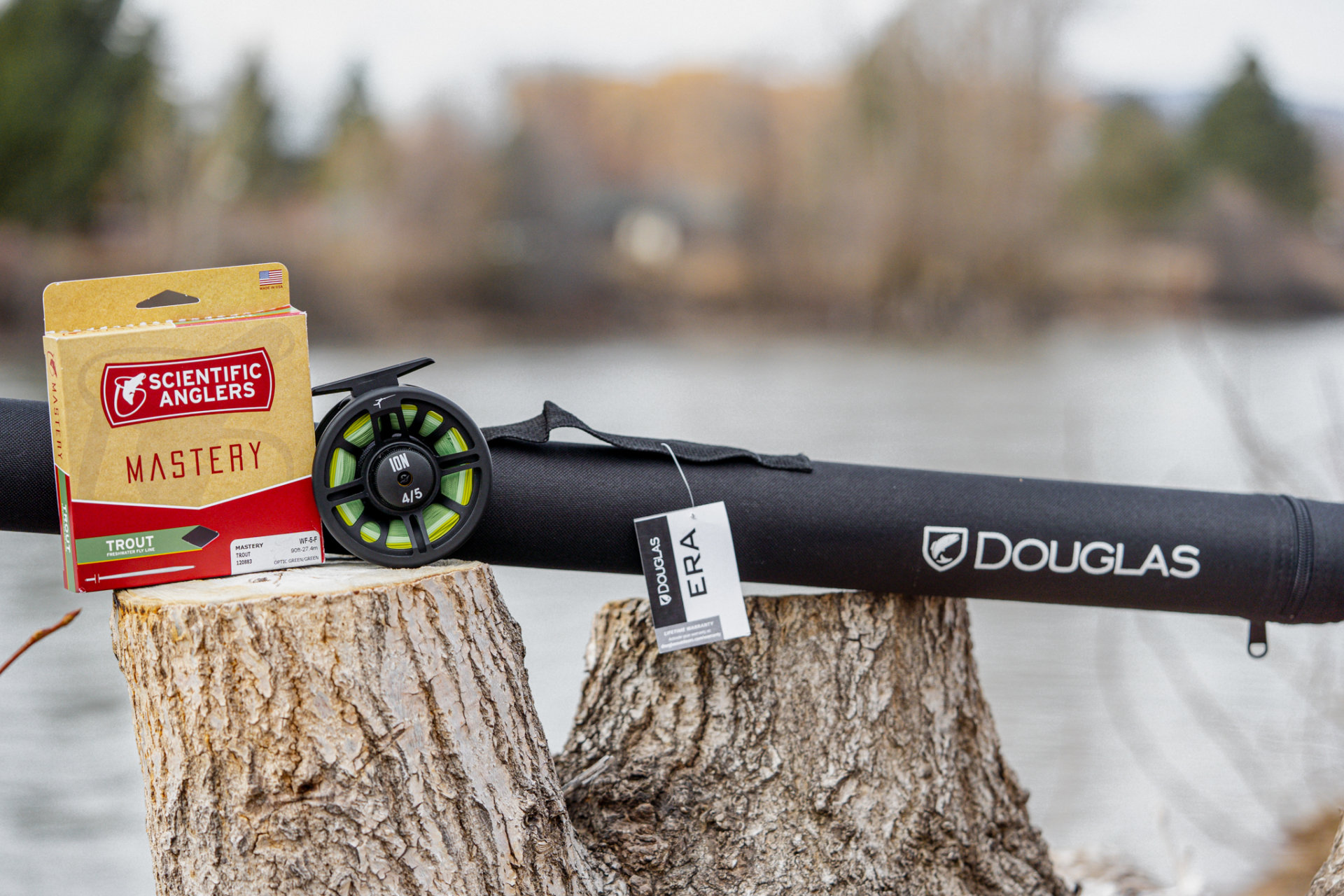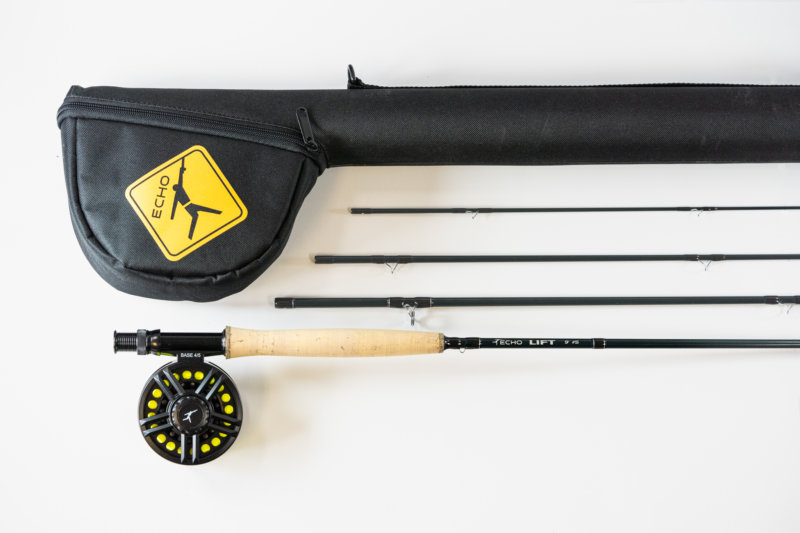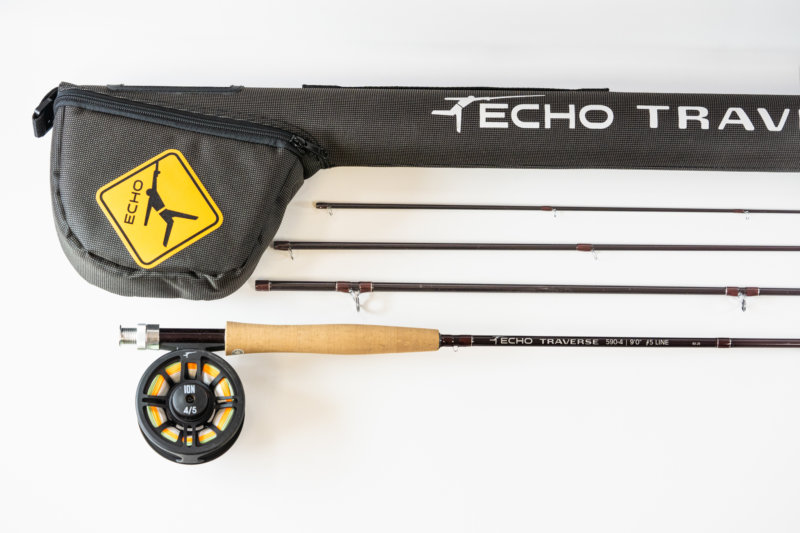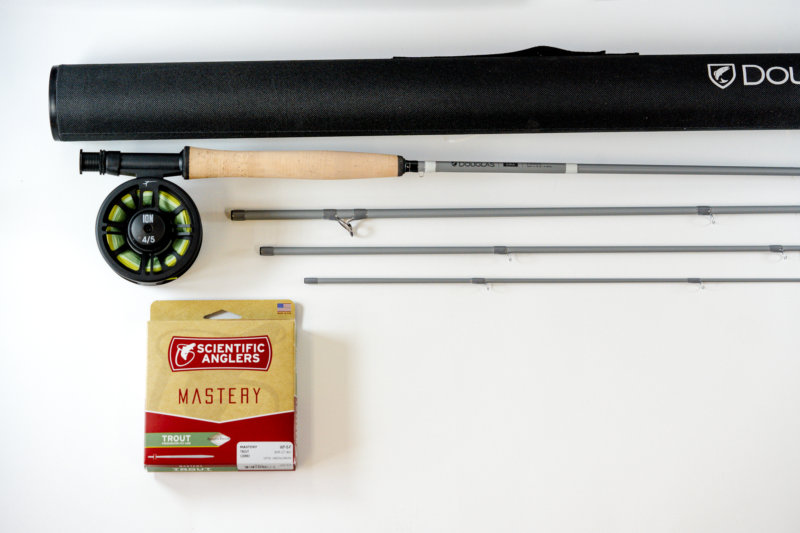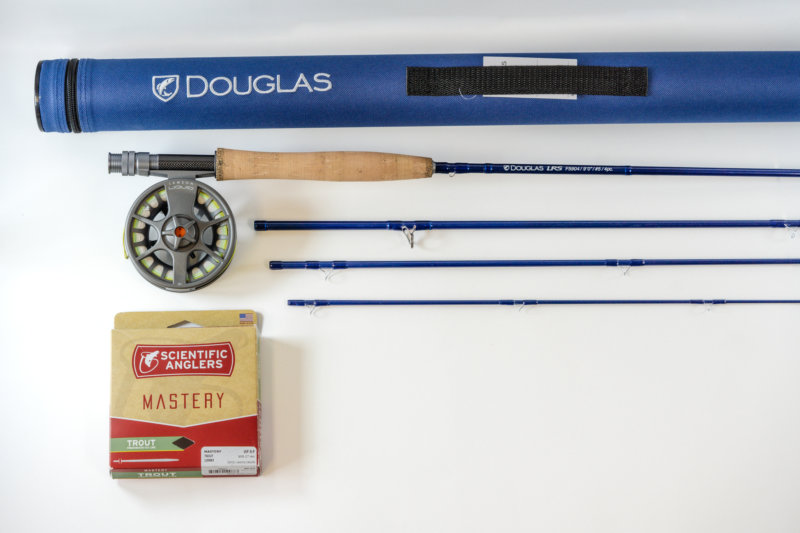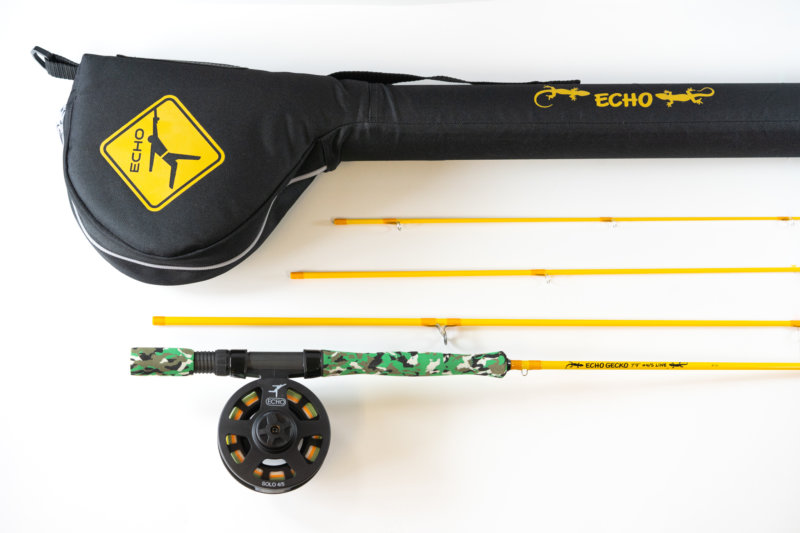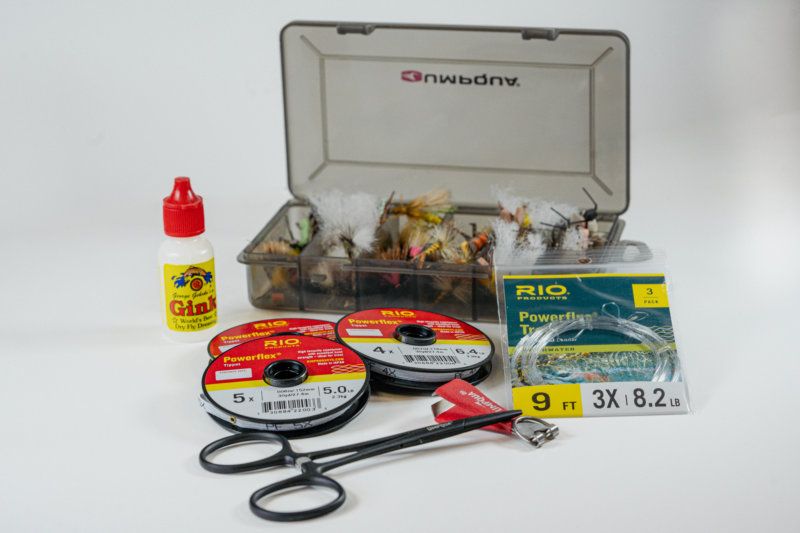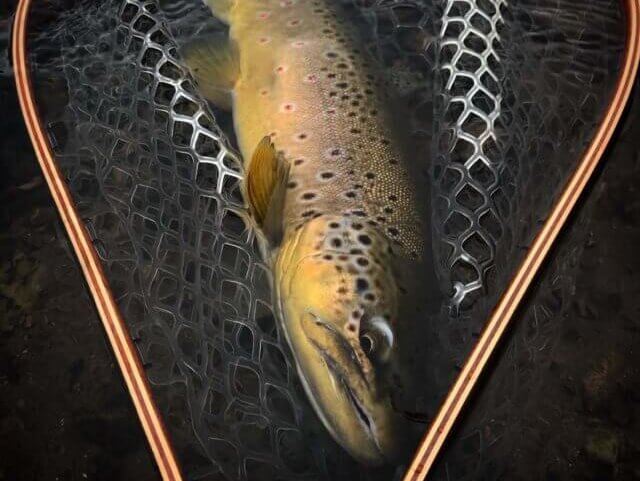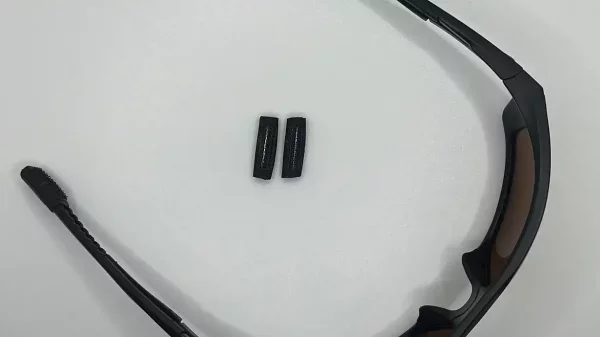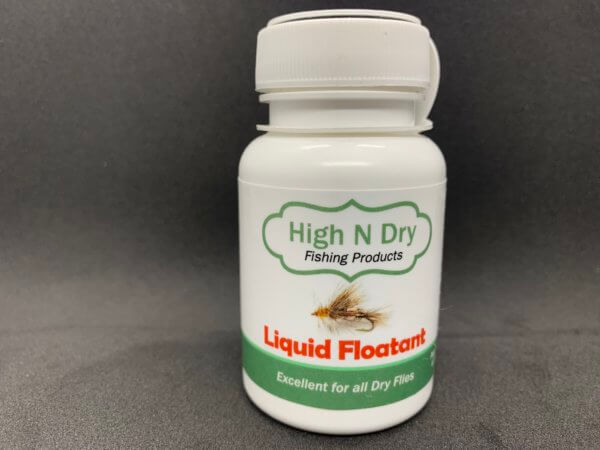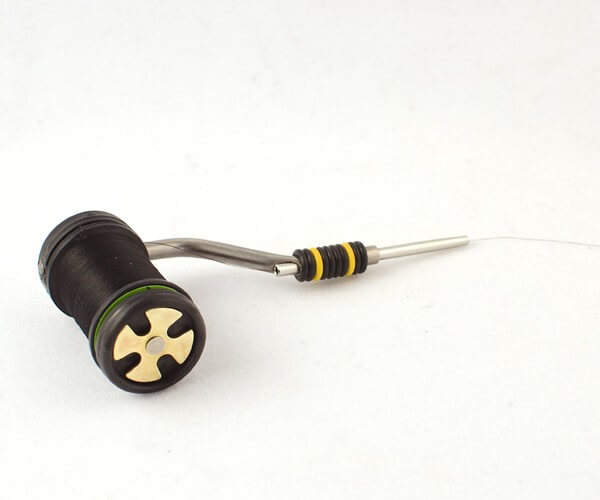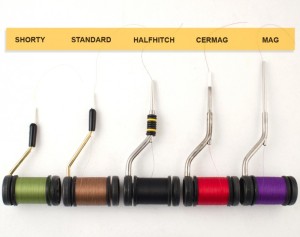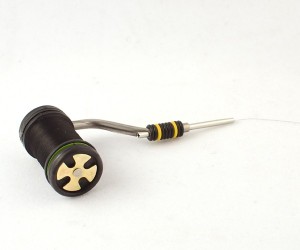It’s a thorny question, one that brings out the opinion of anyone asked. When you buy a fly rod, you make a choice. And with the cost of fly rods, it must be a well thought out choice. When deciding on the best fly rod length, here are the things to think about.
The Physics Of Rod Length
The only thing about rod length that can’t change is physics. From a physics standpoint, longer rods mend better and hold more energy- allowing longer casts. Shorter rods fight fish better. Those two statements can’t be refuted. Mending and fish fighting are easy to understand, distance a bit more so.
A longer rod (in the fly fishing industry, that’s over 9’) generates more energy, and casts further. However, that energy needs to come from somewhere, and that somewhere is you. Think about spey rods. They can be 16’ long, and a good spey caster throws 140 feet plus. You need two hands/arms to generate the power to make a rod that long work. Try casting a spey rod with one hand, and if you do, don’t sprain anything. The energy required and the swing weight will tear your wrist up. When we say swing weight, we mean the energy required to maintain position while the front or back cast extends to load the rod.
This holds true for all fly casting- all rod lengths and line weights. A 10’ 9 weight will cast further than a 9’ 9wt, which casts further than an 8’ 9wt. However, energy generation and swing weight multiplies with length, making a 10’ 9wt a beast to cast. Swing weight and energy generation lessen as the line weight lessens, but is still present. All rods need energy and have a swing weight- it gets more pronounced the longer the rod
Manufacturing Fly Rods
Manufacturers tell you a 9’ rod is the best fly rod length. This is based on two premises. Prior to graphite, cane and fiberglass rod makers knew the physics, but the materials made length difficult to achieve. With graphite, longer rods were now a better option. However, ferruling and blank rolling became issues.
In graphite’s infancy, ferrules were terrible. They created flat spots in the action, so rods were two pieces to minimize that affect. A 10 foot rod needed two 5’ pieces, and early graphite rolling machines couldn’t handle that length. The best they could roll consistently were 4.5 foot lengths. You didn’t want crappy ferrules or a curved blank, so manufacturing settled on 9 feet.
The other factor is development. Manufacturers have been working with 9’ rods for 50 years. You can be sure they have that taper DOWN. Spend 50 years refining anything, and it gets pretty darn good. Even with exponentially better ferrules and rolling machines, the tapers developed by the manufacturers still focus on 9’ feet, where the most R&D work has been done.
How Usage Affects Fly Rod Length
But the real measure of best fly rod length is usage. How will the rod be used, where will the rod be used. What do you NEED from your fly rod. Let’s look at this from a trout fishing perspective.
Well, it doesn’t make much sense to use an 11’ rod on a stream 8 feet wide. That’s problematic from the word go. Conversely, it doesn’t make much sense to use 7’ rod on a river 100 yards wide. Neither rod works well in those situations
Small waters fish better with a shorter rod, it’s as simple as that. They’re lighter in hand, more accurate and less fatiguing. When a long cast is 35 feet, a 7’ rod will make the required mends and other presentations. Small waters, for the most part, have smaller fish, and you can throw small streamers with a shorter rod. You can Euronymph with a short rod on small water- not as well as with a longer rod, but it can be done.
Yes, short rods are more accurate. Imagine pressing a door bell. It’s easy with a pencil, more difficult with a 36 inch dowel, harder yet with a 7’ stick and even more so with a 10’ stick. Short equals accurate.
In our minds, the best fly rod length comes down to distance and mending. We have big rivers in Missoula, which require both. We throw big streamers, dry/droppers and massive double nymph rigs, sometimes with lead.
When casting some of that junk, one thing a long rod does that few think of is keeping the fly away from your nose! Just sayin’. . .
How To Choose The Best Fly Rod Length
If we had to make a bold statement, if you fish water 25’ or wider, a 9’ rod or longer is the way to go. That comes with this caveat, in fertile land, where trees grow thick, a 25’ stream can have a covering canopy, or close to it. Short may be a better option in that environ. With that explained, if you fish water without a canopy, get a 9’ or longer rod, even if it’s 15 feet wide. If you can wade the smaller waters, you can use a longer rod. One of the best features of a river is no trees in it to foul up the back cast.
Wow, bet you thought it was going to be more complicated. Nope. Straight physics says a longer rod works better, except for fighting fish. And face it, we’re catching trout. While they get big, and 4-6 weights are considered light tackle fishing, trout are not tarpon or wahoo. They fight, but with 5X coming in at 5 lb test, you can land trout comparatively quickly. The longer rod is not going to significantly fatigue most anglers when fighting trout, nor overly tire from casting a longer rod all day.
The longer rod mends better, adds distance, and fights the wind better. It’s simple math.
However, another reason for short rods in fertile land. The longer the rod, the trickier it is to maneuver through the brush. We know a lot of long rodders who break the rod down to two pieces for easier maneuvering. The longer rod helps keep your fly out of the brush when back casting, but does put you closer to the trees. In our experience, there are less trees than bankside brush.
How long is too long for the best fly rod length? Tenkara rods can be13 feet long, but they weigh less and cast shorter distances. Distance equals energy expended. Tenkara rods have swing weight, and need to be maneuvered through brush, but on the whole aren’t fatiguing. A 13’ 5wt is a trout spey rod, with a handle configuration for both hands while casting.
For those casting, not Euronymphing or Tenkara fishing, we consider 10’ to be as long as you want to go for single handed casting. Above that length, the rod gets unwieldly to handle, and exponentially more fatiguing as the line weight increases. You also lose accuracy, though the more you use a longer rod, the more accurate you become. For dries and smaller nymph rigs, you can also utilize the extra energy from a long rod by dropping down a line weight. We say a 10’ 4 will do everything a 9’ 5wt does, except cast larger streamers. This math holds true for any length/line weight comparison.
When you start thinking about 7 weights and higher, or using sink tips, a 9’ rod has proven to be the best tool for the job. 9’ rods have a manageable swing weight, and the shorter length applies more leverage for heavier/sunken fly lines during pickup. They don’t fight fish as well as a shorter rod, but since heavier lines are thrown longer distances, we accept the more strenuous fight for cast for distance.
When you think of the best fly rod length, think about the waters you fish most often. Factor in the physics of fly fishing, your comfort zone, what’s available from the manufacturer and what feels best in your hand. Don’t immediately discount a 10’ rod or a 7’ rod- both have their place on the water. But we say go longer whenever possible, because the benefits far outweigh the disadvantages.

